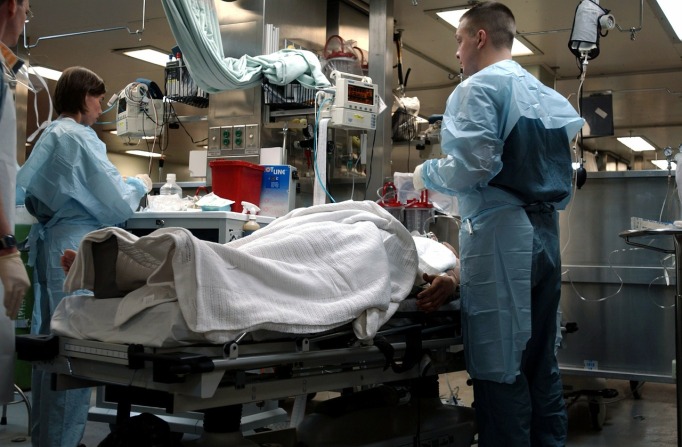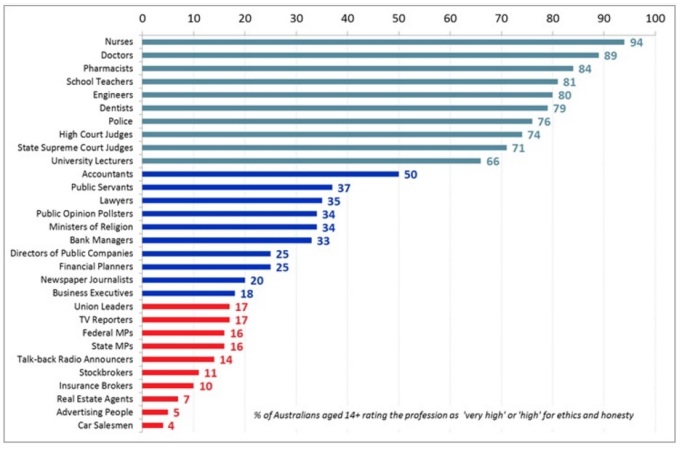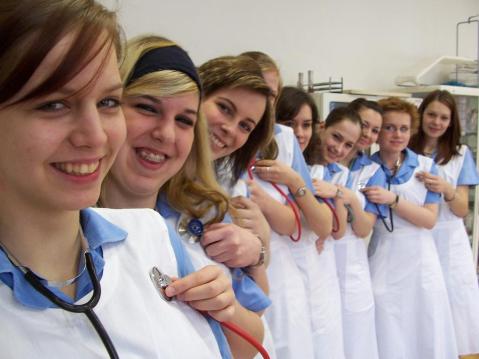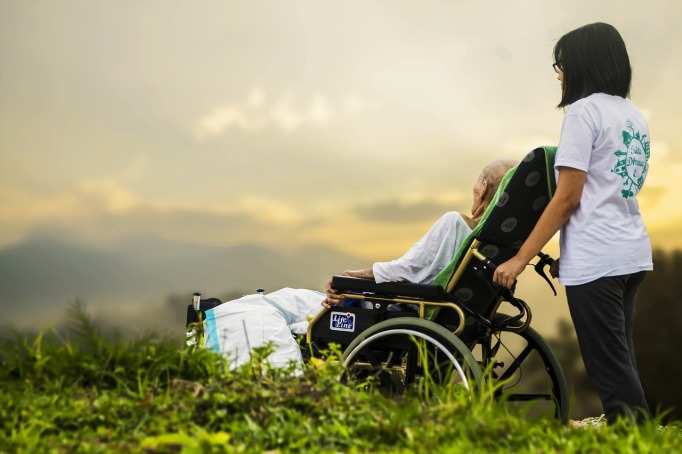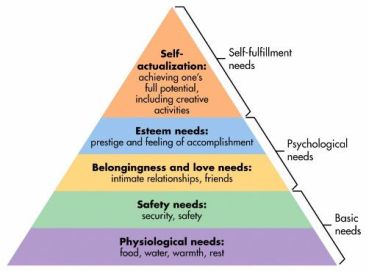As I sit at my computer I ponder what to write. Then I think to the new graduate nurses who I work with every day. In a previous life I was a university lecturer, and the same statements I hear each day from my new graduate nurses I heard from those students: “I can’t find a new graduate position”. So I wonder, what is the current state of new graduate registered nursing uptake in 2017?
This question should be an easy one to answer. The Australian Health Practitioner Association (AHPRA) agency is requiring all student nurses to be registered with them in order to fulfill clinical placements. So finding out the number of students enrolled in accredited nursing programs in Australia should be easy, right? Not so fast. I search of the AHPRA website revealed NO data on the number of student nursing registrations. Despite this AHPRA quite easily detailed a report about the number of nurses registered in Australia all the way back to 2012, along with pertinent demographic data which I used in an earlier post. So why has AHPRA not bothered to reveal student nursing numbers?
So why does this matter?
Because nursing is a profession which cannot be automated and is increasing in demand! You cannot simply create a machine to do what a nurse does, despite some attempts otherwise. In our most vulnerable state nurses provide the personal care we need. And nurses need the complexity of thought needed to provide intricate assessment of a patient’s needs and identify problems before they cause serious life-and-death situations such as those of Vanessa Anderson.
And let’s face it, the Australian public is becoming older and needing more healthcare. Modern healthcare is allowing for longer life expectancy, and with that older adults will utilize more healthcare. Additionally, the baby boomer generation will expect greater results in terms of customer care which will require adequate numbers of appropriately trained and attentive nurses. So where will these registered nurses come from?
Will there be a nursing ‘shortage’?
Last year Monash business school did a study on on the climate of the nursing and midwifery workforce. The Monash report determined that an occupation which is demanding, such as nursing, should likely see between three to six percent of its workforce intending to leave. However, this study showed that 32% were considering leaving the profession, with 25% determined to do so. Even the Department of Health in a report filed in 2013 stated their figures indicated Australia had adequate numbers of nursing staff only up to 2016. Another poll found that 100% of nurses surveyed stated that the government undervalued their role.
Ah, but overseas nurses can fill the void? It is true that a significant number of nurses are overseas-trained? The Australian Bureau of Statistics reported in 2013 that one-third of nurses (33%) were overseas-trained, up from 25% in 2001. This fact has been highlighted as a reason why Australian new graduate nurses cannot find post-registration employment. But with 33% of the 342,221 nurses registered in Australia overseas-trained in 2016 is the overseas nurse a threat to our domestic nursing cohort? Some may think so. The Australian Nursing and Midwifery Federation feels that the 457 visa program for overseas nurses is “… being taken as a shortcut and that employers see it as a quick fix.”
Troubles post-study for nurses
Publicity around newly registered nurse employment seemed to peak in 2014-2015. ABC news reported that ” thousands of nursing graduates are unable to find work in Australian hospitals.” Even in 2016 the rumbling of underemployment of nursing graduates continued. In West Australia a WA Today article reported that only 500 of about 1500 (33%) newly graduated nursing students secured a nursing role. The Health Times reported that of the new graduate nurses in 2007 97.4% were able to secure full-time employment; however, in 2014 that figure dropped to 80.5%.
So where do we go from here?
Firstly, we need to have clear evidence as to the extent of the problem. I would call on AHPRA as the registration body to release statistical figures about the number of student registrations, just as they have done for registered and enrolled nurses. With that information we can clearly see how many students we have in nursing programs in Australia. Additionally, I would call on AHPRA to include a statistical figure on the number of overseas-trained nurses registered in Australia. As they are the governing body and provide the certification that overseas nurses are able to work in this country they would be able to provide figures as-such.
Secondly I would suggest the Department of Health re-visit their strategy paper on nursing retention and recruitment. This report is from 2013 and stated the nursing workforce was only adequate until 2016. If the government does care about the potential nursing workforce into the future reviewing their strategies and making a future policy framework would be necessary. It would also be helpful for the Council of Australian Governments to convene on this issue as they are the primary employer of a large number of nurses through the public health hospital system.
Without adequate statistical data there can be no informative discussion regarding the debate over new graduate nurses in Australia. One thing is certain, without adequate places for these energetic and qualified nurses to go the profession will continue to struggle in providing adequate healthcare to the increasing ageing population of Australia. Policy makers and statisticians need to act now in preventing a healthcare crisis in the future.
References
AHPRA: Student registration- https://www.ahpra.gov.au/Registration/Student-Registrations.aspx
Advantech: Industry 4.0: It’s happening – Nurses are replaced by Robots- http://www.advantech.com/machine-automation/industry%20focus/206d0919-7a6f-4c80-9caa-cdfd662bd712/
The Australian: Coroner blames hospital for death- http://www.theaustralian.com.au/archive/news/coroner-blames-hospital-for-death/news-story/3d9318ea30f206211774e7931bd6526e
Sydney Morning Herald: Healthcare is a booming industry and Australia is in the box seat- http://www.smh.com.au/comment/the-care-boom-20160928-grqqzv.html
Sydney Morning Herald: With an ageing population is healthcare sustainable?- http://www.smh.com.au/comment/with-an-ageing-population-is-healthcare-sustainable-20160319-gnm98t.html
Monash University: What Nurses & Midwives Want: Findings from the National
Survey on Workplace Climate and Well-being- https://business.monash.edu/__data/assets/pdf_file/0004/624127/What-Nurses-And-Midwives-Want-Findings-from-the-National-Survey-on-Workplace-Climate-and-Well-being-2016.pdf
Department of Health: 7.2 Nursing and midwifery retention- http://www.health.gov.au/internet/publications/publishing.nsf/Content/work-review-australian-government-health-workforce-programs-toc~chapter-7-nursing-midwifery-workforce%E2%80%93education-retention-sustainability~chapter-7-nursing-midwifery-retention
Australian Bureau of Statistics: 4102.0 – Australian Social Trends, April 2013- http://www.abs.gov.au/AUSSTATS/abs@.nsf/Lookup/4102.0Main+Features20April+2013
Sydney Morning Herald: Nurse graduates ‘locked out’ of workforce as migrants get jobs- http://www.smh.com.au/business/workplace-relations/nurse-graduates-locked-out-of-workforce-as-migrants-get-jobs-20150606-ghi9c8.html
Health Times: Generation Next – Helping Graduate Nurses and Midwives Find Jobs- https://healthtimes.com.au/hub/nursing-careers/6/news/nc1/generation-next-helping-graduate-nurses-and-midwives-find-jobs/1422/
ABC News: Thousands of nursing graduates unable to find work in Australian hospitals: union- http://www.abc.net.au/news/2014-05-24/thousands-of-nursing-graduates-unable-to-find-work/5475320
NSW Nursing and Midwifery Association: Nurse graduates unemployed or underemployed- http://www.nswnma.asn.au/nurse-graduates-unemployed-or-underemployed/
Health Times: Nursing shortage expected to worsen- https://healthtimes.com.au/hub/workplace-conditions/60/news/nc1/nursing-shortage-expected-to-worsen/490/
WA Today: All trained up with nowhere to go: WA’s hundreds of unemployed graduate nurses- http://www.watoday.com.au/wa-news/all-trained-up-with-nowhere-to-go-was-hundreds-of-unemployed-graduate-nurses-20161211-gt8qkz.html


